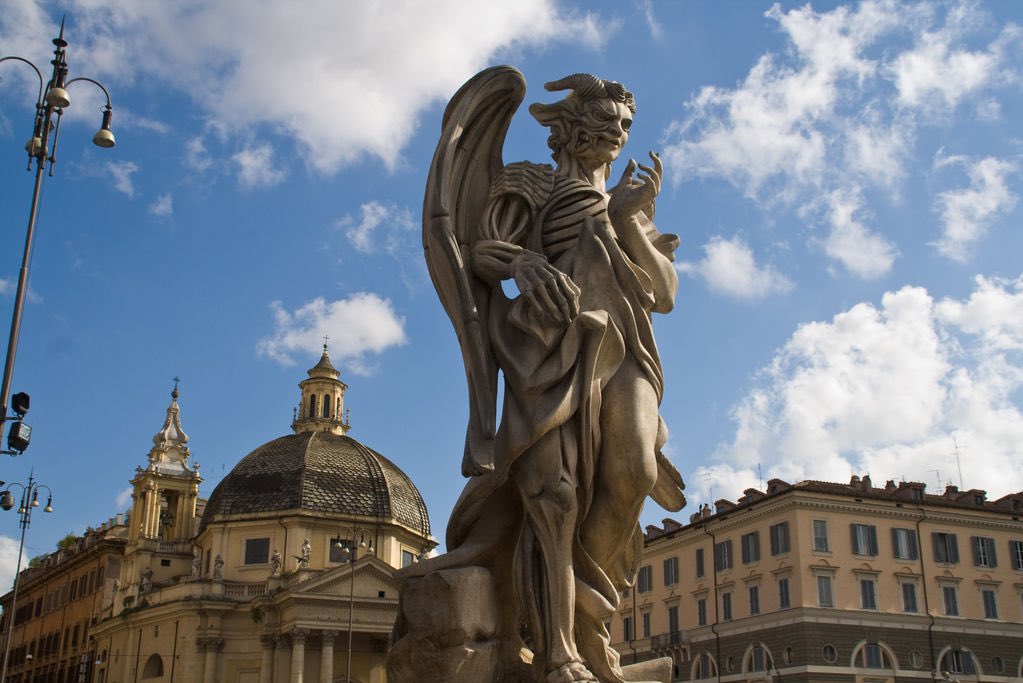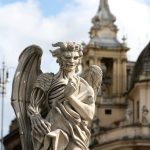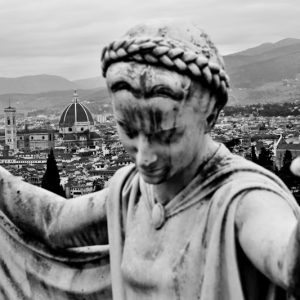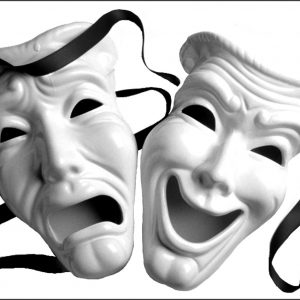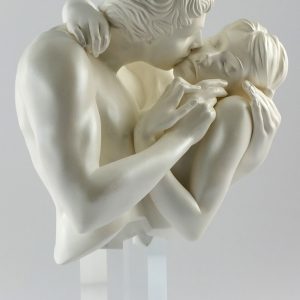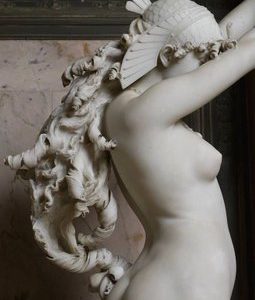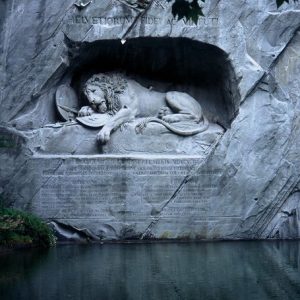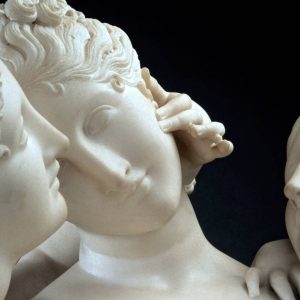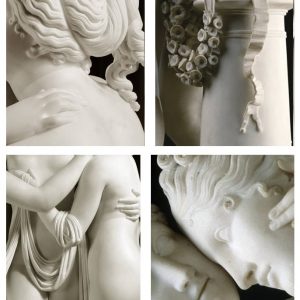“Angels and Demons,” a film adaptation of Dan Brown’s novel, uses an array of intriguing props to enhance its storytelling, one of which is a statue that plays a significant role in the narrative. This statue, emblematic of the film’s thematic exploration of the dichotomy between religion and science, is a pivotal element in the plot and symbolizes the movie’s deeper meanings.
The statue is intricately designed, reflecting the film’s setting in the Vatican City and its association with the Catholic Church. Its design is a blend of religious symbolism and historical artistry, resonating with the movie’s backdrop of religious intrigue and the mystery surrounding the Illuminati. It represents not only a religious artifact but also a key to deciphering the movie’s central mystery.
The use of this statue in “Angels and Demons” is particularly significant given the movie’s exploration of the historical conflict between science and religion. This conflict is at the heart of the narrative, with the protagonist, Robert Langdon, navigating through a maze of clues that intertwine scientific reasoning with religious doctrine. The statue serves as a metaphor for this intersection, symbolizing the potential for harmony between these two seemingly opposing domains.
Moreover, the statue’s role in the film highlights the theme of interpretation. Throughout the movie, characters interpret signs, symbols, and artifacts differently, reflecting their personal biases and backgrounds. This is particularly evident in how characters view the statue: some see it as a mere religious artifact, while others view it as a clue to a deeper mystery. This disparity in interpretation underscores the movie’s message about the subjective nature of truth and the importance of understanding different perspectives.
The artistic design of the statue is also noteworthy. It reflects the Renaissance era’s artistic styles, a period known for its significant contributions to both art and science. This duality is central to the film’s narrative, which delves into the Renaissance’s intellectual landscape, where scientific inquiry and religious belief were often at odds. The statue, thus, becomes a symbol of this era, embodying the complex interplay of these two forces in history.
Furthermore, the statue’s role in the plot is crucial. It is not just a decorative piece but an active element that drives the story forward. It contains clues that lead Langdon on his quest, making it a central piece in the puzzle that the characters must solve. This active role of the statue underscores the film’s theme of discovery and enlightenment, both metaphorically and literally.
The depiction of the statue in “Angels and Demons” also comments on the power of art and artifacts in shaping historical narratives and cultural beliefs. The reverence and significance attached to the statue in the film mirror how real-life artifacts are often imbued with meaning and power, influencing how people perceive and understand history and religion.
However, while this statue does much to illustrate the theme of the book and film, it’s not a real sculpture. It is often – and incorrectly – attributed to Gian Lorenzo Bernini, credited with creating the Baroque style of sculpture that is referenced in Bernini statues throughout the movie.
Read more about Gian Lorenzo Bernini here.


